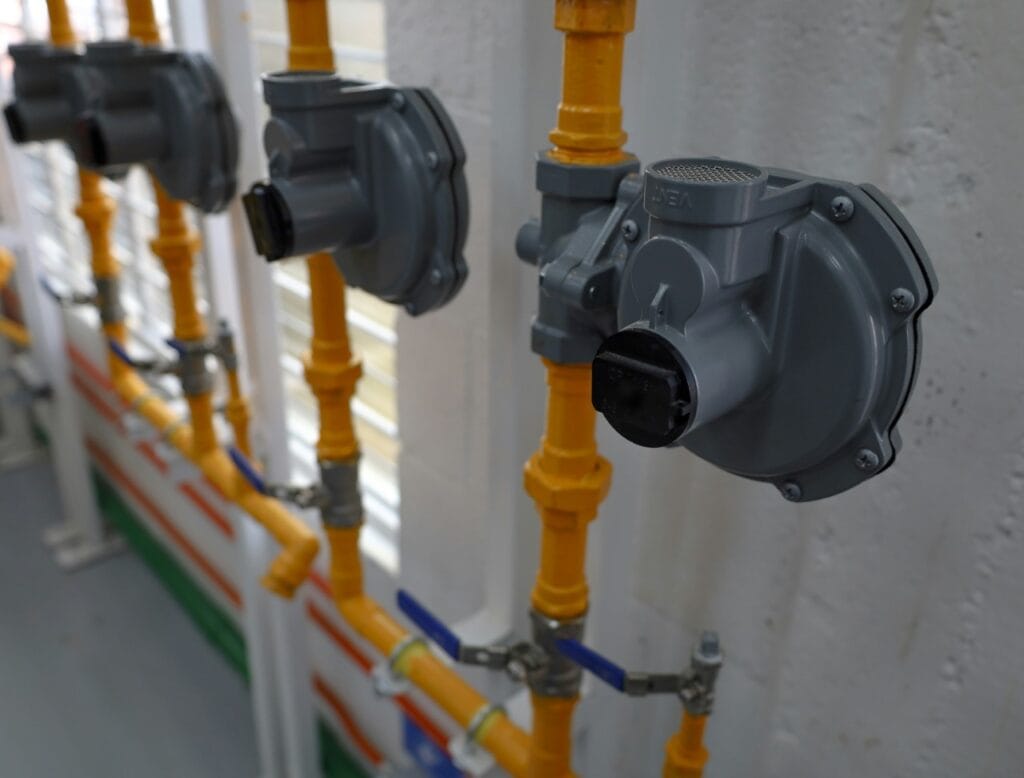Client Case
Successful burner integration
- Machine Safety, Process Safety
What
Burner installation delivered by Supplier, needed proper integration in the process installation of the End-user.
Burners come typically with specific standards derived from the machine industry. These standards aim to provide application-specific handles on how to design and engineer these machines in safe manner. It is always recommended to consult such a standard, if available. Machines are typically approached as high-demanding installations, meaning that safety functions are tested more frequently – often as part of normal operation. For this burner EN 746-2 was applied. The safety functions in this standard assume safety reliability levels according to the IEC 62061 (SIL) or ISO 13849-1 (PL).
What’s the catch? When this burner was integrated into the End-user’s installation the result is a mix between machine and process installation. From the End-user’s perspective, a HRA was done on the complete installation including the burner. The outcome of the HRA had safety instrumented systems with sensors from the process installation shutting down final elements in the burner. The safety instrumented systems part in the process installation assumed the IEC 61511 (SIL) standard for the process industry and not for machines. And that’s where the grey zone came in…
Solution
We started off the project with an interactive training for the project team (both End-user and Supplier) focusing on the mix of the process and machine standards. Then we zoomed in on the details of the EN 746-2 scope.
We also joined in the HAZOP-LOPA sessions, to support on the feasibility of the required safety instrumented systems and provide clear guidance on which measures were linked to the EN 746-2 burner standard and which are covered under the IEC 61511 standard.
During concept design, engineering and start-up we maintained a minimum availability and very short communication lines to properly assist both parties in solving their functional safety challenges and questions.

Results
Competence boost
The interactive training at the start was needed to align the project team on the integration approach and prepare them for the upcoming shared HAZOP-LOPA sessions. Clarity on which standard to follow resulted in more qualitative requirements. Logging the acquired competences of the project participants, helped both Supplier and End-user to provide answers to the mandatory competence management.
Cost-saving
By being involved in the very beginning of the project, we were able to adjust and tweak in the early stage, resulting in more clear and less costly design, engineering and commissioning.
Future-proof
As a stand-by question beacon during the complete project – similar to our Self-paced Interactive FAQ, where your team can ask and explore safety-related questions – we provided impactful support to both parties. For their future integrations they learned to capture improvements, work smarter and gain clarity on budget-impacting actions in the early project phases.
Ready to talk about your project?
We’re excited to work with your company and solve your current challenges.
Just shoot us a message and we will get back to you!